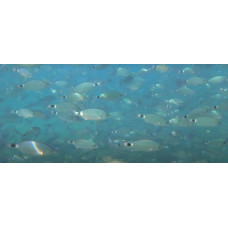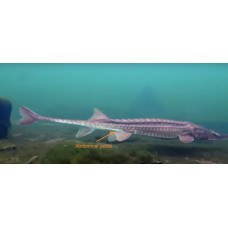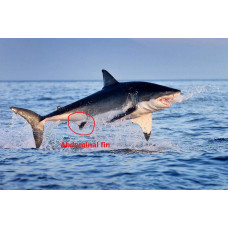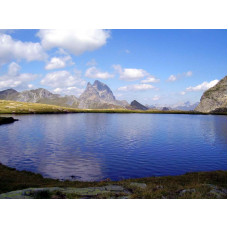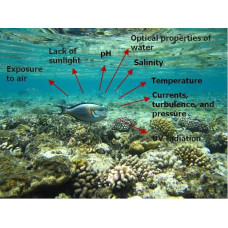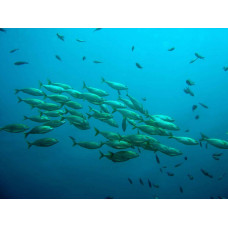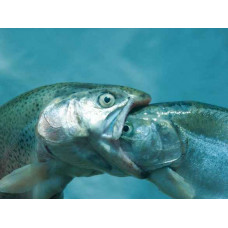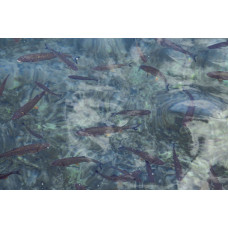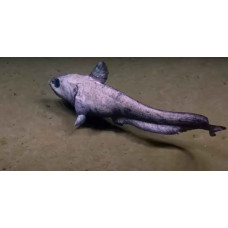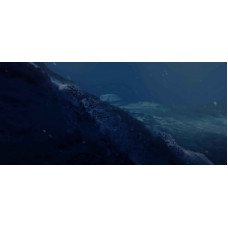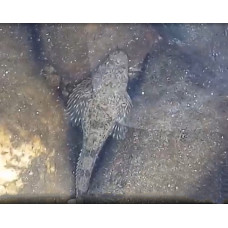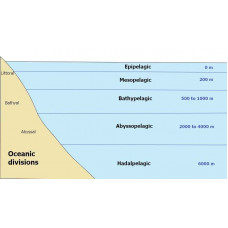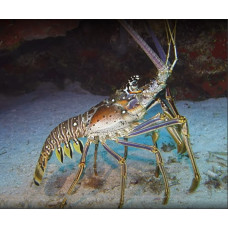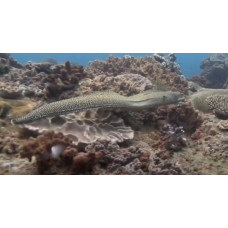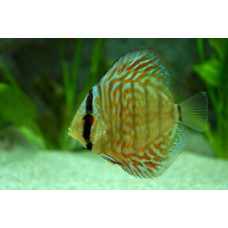Dictionary of Ichthyology
This dictionary of ichthyology contains specialist terms used in the teaching of undergraduate students. The terms are arranged alphabetically for ease of reference.
In addition to ichthyology, terms from hydrobiology, zoology, anatomy, fish farming and other related disciplines are included.
Where terms have different interpretations, we have assigned the most common interpretation in our view.
This dictionary is constantly being added to and modified.
If you do not agree with the above interpretation of the Terms, please explain your understanding in the comments to these Terms.
We invite you to participate in the development of a modern ichthyological vocabulary.
We will consider any criticism and take it into account when describing dictionary terms.
A flock and a herd
A flock (shoal) is a temporary grouping of fish that exhibits unity of behavior. Packs are formed by..
Abdominal pores
Abdominal pores (latin: pori abdominales) are small paired openings lying usuall..
Abdominal position of the fins
The pelvic fins are located behind the pectoral fins (herring, carp, salmon).Abdominal fishes, those..
Abiotic
Abiotic – referring to non‐living structures, substances, factors, environments, etc...
Abiotic environmental factors
Abiotic environmental factors are a complex of physical and chemical environmental conditions of org..
Absolute abundance
Absolute abundance – the total number of a kind of fish in the population.Usually estimated fr..
Absolute conversion rate of food
Absolute conversion rate of food = an index calculated by dividing the quantity of food distributed ..
Absolute fecundity
Absolute fecundity – total number of eggs in a female...
Abyssal fish
Abyssal fish are deep-sea fishes that live at considerable depths, from 3,000 metres and more. All f..
Abyssal zone
The abyssal zone or abyssopelagic zone (from the Greek ἄβυσσος - ..
Abyssocottinae
Abyssocottinae is a family of fish of the order Scorpaeniformes. Endemics of Lake Baikal. Abysssocot..
Abyssopelagic
Abyssopelagic is a layer of water located above the ocean bed at depths of 3000-6000 m (abyssal)...
Achelata
Achelata are members of the Decapoda order of crayfish (Decapoda). The body length is up to 60 cm. T..
Actinopterygii
Actinopterygii is a superclass of bony fishes. It unites more than 96% of living fishes. Their bodie..
Adaptation
Adaptation - the process (or its results, e.g. a structure) wherein individuals, populations or spec..

